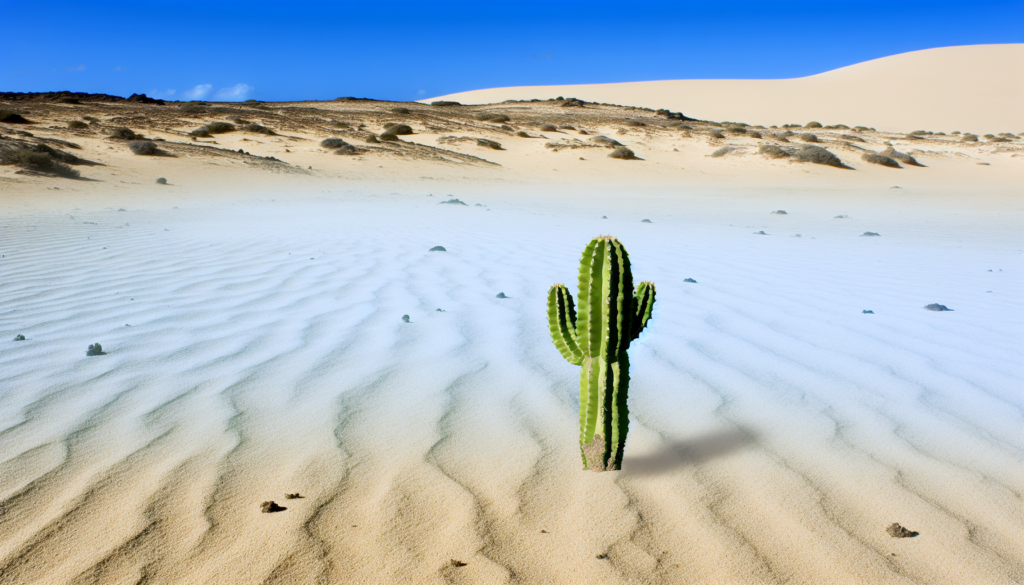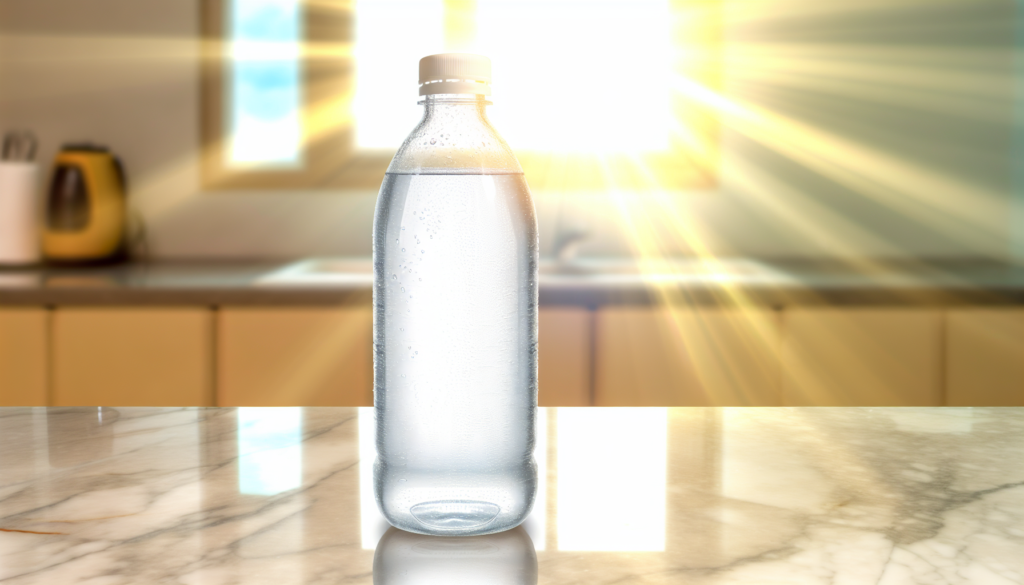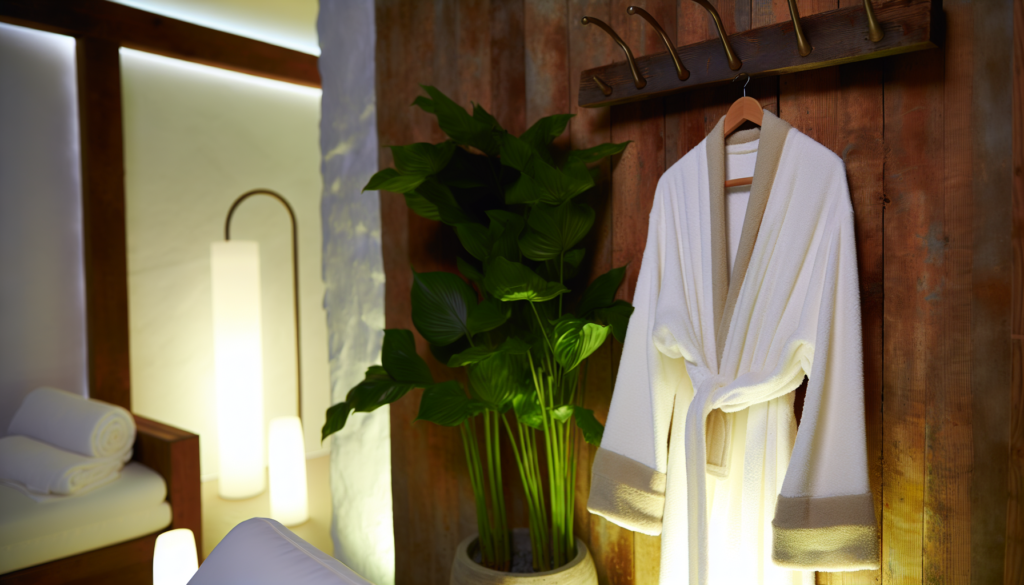Dealing with oily skin can feel like a never-ending battle, especially when you’re constantly reaching for blotting papers or trying to minimize that dreaded midday shine. I’ve been there – desperately searching for solutions that actually work without drying out my skin completely. The good news? With the right approach and consistent habits, you can absolutely achieve clearer, more balanced skin. These professional tips will help transform your skincare routine and give you the clear skin you’ve been dreaming of – without breaking the bank or requiring complicated procedures.
Understanding Oily Skin: Know Your Enemy
Before diving into solutions, let’s understand what we’re dealing with. Oily skin happens when your sebaceous glands work overtime, producing excess sebum. While some oil is necessary to keep your skin moisturized and healthy, too much can lead to clogged pores, breakouts, and that persistent shine.
Several factors contribute to oily skin – genetics (thanks, mom and dad!), hormonal changes, climate, and even stress. The key to managing oily skin isn’t eliminating oil entirely (that would actually backfire), but rather balancing it.
1. Cleanse—But Don’t Strip
The foundation of any effective skincare routine for oily skin is proper cleansing. Wash your face twice daily with a gentle, foaming cleanser containing salicylic acid or glycolic acid. These ingredients help remove excess oil without stripping your skin of its natural moisture barrier.
Hot water might feel satisfying, but it actually stimulates oil production! Stick with lukewarm water instead. And remember, harsh soaps might feel like they’re working when your face feels tight afterward, but that tightness is a sign your skin is crying out for moisture—which triggers more oil production. Talk about counterproductive!
2. Exfoliate Strategically
Regular exfoliation is crucial for oily skin types, as it removes dead skin cells that can mix with oil and clog pores. However, over-exfoliation can irritate your skin and—you guessed it—increase oil production.
Finding Your Exfoliation Balance
3. Don’t Skip Moisturizer
One of the biggest myths about oily skin? That moisturizer is optional. In reality, skipping moisturizer can make oiliness worse! When your skin lacks hydration, it compensates by producing more oil.
Choose oil-free, non-comedogenic moisturizers labeled “lightweight” or specifically formulated for oily skin. Gel or lotion formulations typically work better than creams or balms. Ingredients like hyaluronic acid and niacinamide provide hydration without adding oil.
4. Embrace Mattifying Products
Mattifying products are your allies in the battle against shine. Look for:
Silica and clay-based products are particularly effective at absorbing excess oil throughout the day. Keep some in your purse for emergencies!
5. Incorporate Clay Masks
Clay masks are a powerhouse for oily skin types. Bentonite and kaolin clays naturally draw impurities and excess sebum from your pores without overdrying your skin.
Use a clay mask once or twice weekly, focusing on your T-zone (forehead, nose, and chin) if that’s your oiliest area. Don’t let clay masks dry completely on your face—this can actually irritate your skin. Remove them when they’re still slightly tacky.
6. Add Retinoids to Your Routine
Retinoids can be game-changers for oily skin. These vitamin A derivatives help regulate cell turnover, prevent clogged pores, and over time, can actually normalize oil production.
Start with over-the-counter retinol products, using them 2-3 times weekly at night, then gradually increase frequency as your skin adjusts. If you’re new to retinoids, expect some initial dryness or peeling—this is normal and temporary.
7. Mind Your Diet
While the connection between diet and skin is complex, some foods may influence oil production:
Foods to Limit:
Foods to Enjoy:
8. Don’t Forget Sunscreen
Yes, even oily skin needs sun protection! Skipping sunscreen leads to long-term damage and can worsen oil production. Look for oil-free, non-comedogenic formulations with “matte” or “dry-touch” in their descriptions.
Gel or liquid sunscreens generally work better for oily skin than thick creams. Many Korean and Japanese sunscreens are excellently formulated for oily skin types—they’re lightweight and often contain oil-controlling ingredients.
9. Be Mindful with Makeup
Your makeup choices can significantly impact your skin’s oiliness. Opt for:
And perhaps most importantly—always remove your makeup thoroughly before bed. Double cleansing (using an oil-based cleanser followed by a water-based cleanser) ensures no pore-clogging residue remains.
10. Manage Stress Levels
Stress triggers hormonal changes that can increase sebum production. Finding healthy ways to manage stress isn’t just good for your mental health—it’s great for your skin too!
Regular exercise, adequate sleep, and relaxation techniques like meditation can all help keep stress-related oil production in check. Your skin reflects your overall wellbeing, so treating yourself kindly from the inside out matters.
The Path to Balanced, Clear Skin
Remember that achieving clear skin is a journey, not an overnight transformation. Be patient and consistent with your skincare routine, and don’t be afraid to consult a dermatologist if over-the-counter solutions aren’t cutting it. They can offer prescription treatments like stronger retinoids or hormonal therapies that might be perfect for your specific situation.
By implementing these professional tips and being consistent with your routine, you can absolutely manage oily skin and achieve the balanced, clear skin you desire. Your perfect skincare routine is out there—it might just take some experimenting to find what works best for your unique skin!







